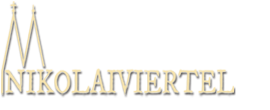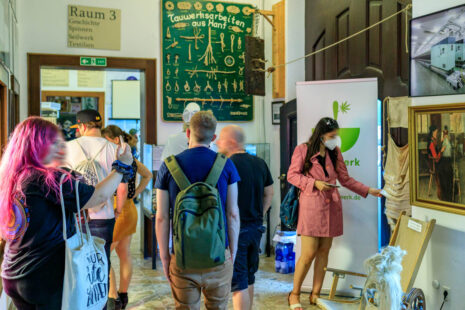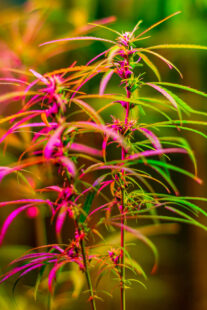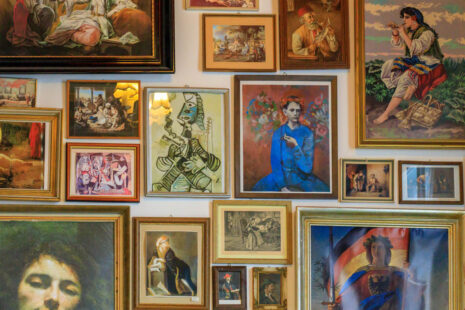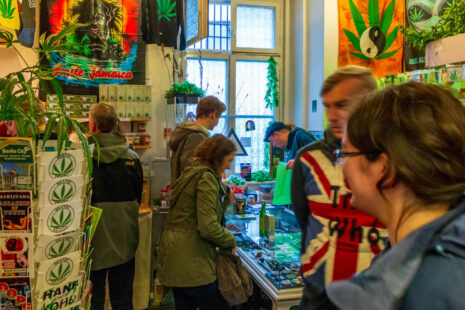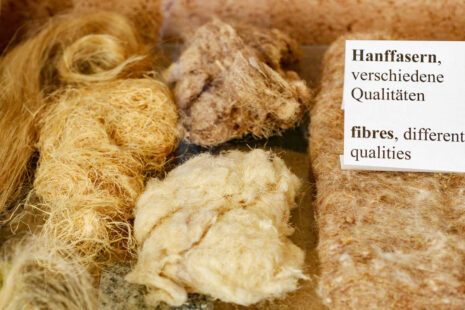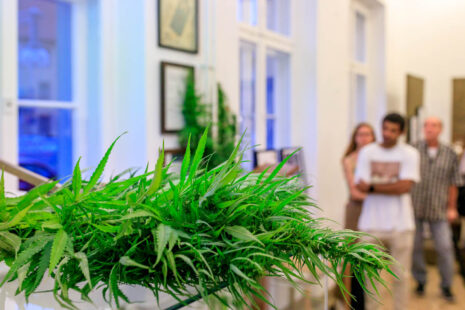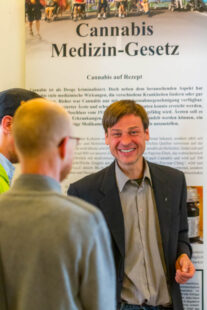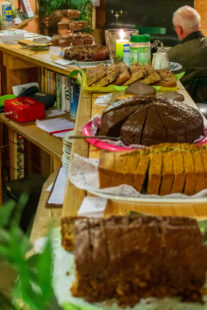Everything there is to know about an ancient crop at the Hemp Museum
The Nikolaiviertel neighborhood is home to a museum that is unique in Germany: the Hemp Museum. Set in a heritage-listed building, it tells the story of a plant with an ancient history that is also highly relevant in today’s political climate.
Since its opening in December 1994, the Hemp Museum has been one of the few museums worldwide—and the only one in Germany—dedicated exclusively to the hemp plant in all its facets: botanical, cultural, industrial, and legal.
The permanent exhibition uses display boards, showcases, and exhibits to illustrate in detail how, just a few decades ago, hemp was still growing in local fields and was an indispensable raw material before industrialization.
With criminalization and marijuana hysteria, the ancient cultivated plant disappeared from the fields and also from people’s memories. Decades of prohibition have reduced the plant in the general perception to its properties as a drug. However, with its comprehensive exhibition, the Hemp Museum has been reminding people for over 30 years that hemp is first and foremost a renewable raw material.
What does the Hemp Museum currently offer?
The permanent exhibition covers almost 300 square meters and is divided into several rooms, where visitors can immerse themselves step by step in the world of hemp. Starting with botanical basics, cultivation, and harvesting, the exhibition covers the further processing of fibers and seeds, as well as classic uses—from paper and textiles to insulation materials and cosmetic products.
At the same time, the exhibition addresses the complex relationship between hemp as an intoxicant, historical prohibition policies, and the current legal situation. This section of the exhibition answers questions such as: “What was the situation before?”, “What were the aims of the law?” and “What changes have been seen in practice?” The texts are short and concise, supplemented by moving images.
In addition, the museum uses its basement and exhibition area to present changing artistic contributions: paintings, media installations, or thematic presentations that reflect the cultural and political context of hemp. The museum also provides information about other offerings such as the reading café, film screenings, and publications related to hemp and cannabis.
The Hanf Museum Berlin is therefore not only a place where visitors can learn about a plant that is the subject of controversy in many societies, but also a cultural player in the heart of Berlin. It combines scientific, historical, and socio-political perspectives—embedded in the lively environment of the Nikolaiviertel district.
Visiting & general information
Address: Mühlendamm 5, 10178 Berlin
Opening hours: Tuesday to Friday 10:00 a.m. – 8:00 p.m., Saturday and Sunday 12:00 p.m. – 8:00 p.m.; closed on Mondays.
Admission: regular €6, reduced €4; children under 10 free. Guided tours €15 by appointment.
School classes €3 per person – please book in advance!
Accessibility: Access is possible via a ramp; the toilets are only partially accessible for wheelchair users.
Contact: Phone +49 (0)30 242 48 27, E-Mail info@hanfmuseum.de, Website hanfmuseum.de


